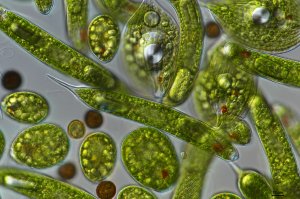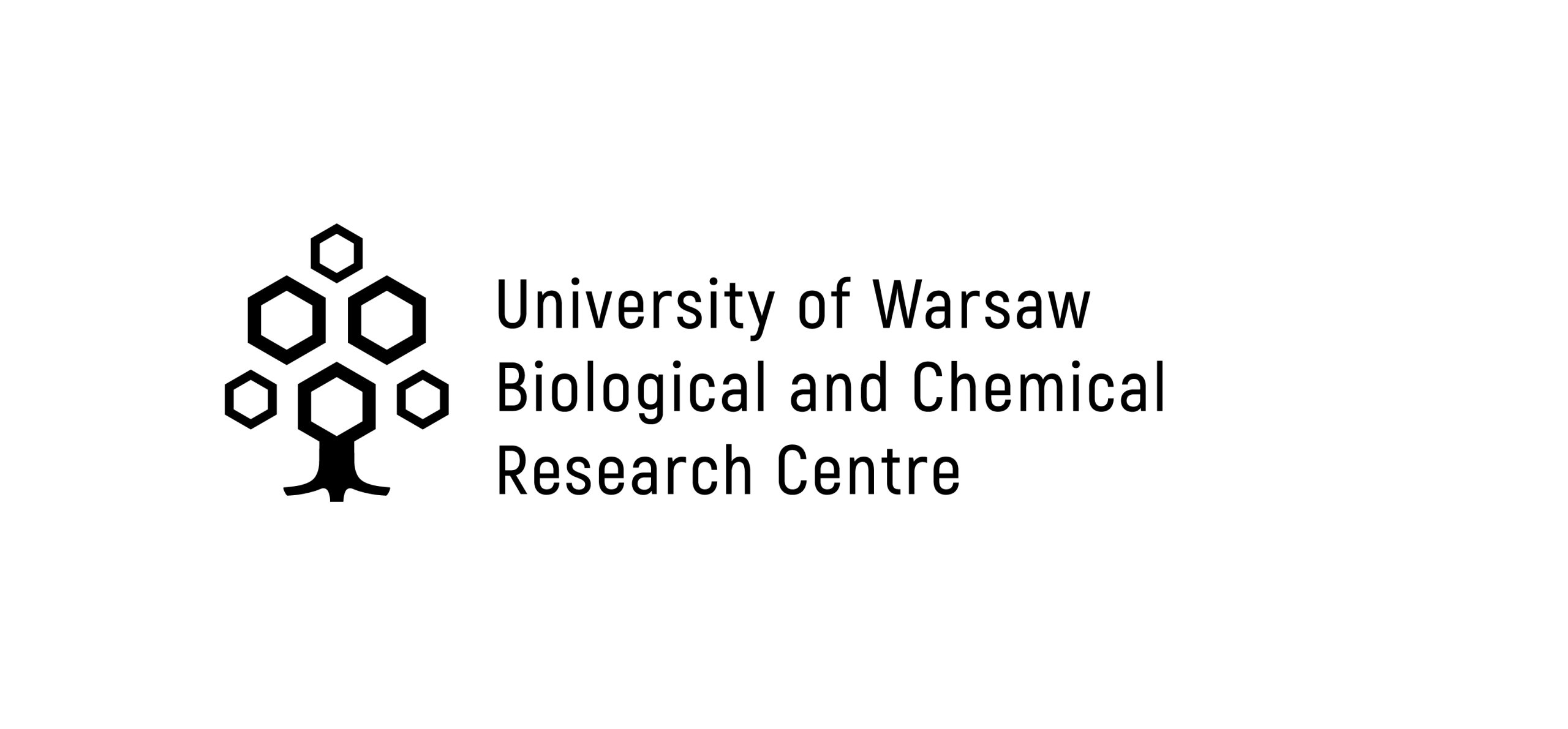Biology of microbial eukaryotes
Description of the group:
Our research focuses on the diversity, ecology and evolution of protists, a.k.a. unicellular eukaryotes. The research is based on field work, cultures, molecular analysis, microscopy and bioinformatics. We use microscopic and molecular methods to study different groups of protists, research their diversity and occurrence, and unravel their relationships and taxonomy. Sequencing of genomes and transcriptomes allows us to study the evolution of the nuclear and plastid genomes, the evolution of splicing and endosymbiotic interactions. We study both unicellular algae – particularly euglenids, heterotrophic protists and parasites. The group has three teams focusing on different aspects of eukaryotic microbial biology.
More about Biology of microbial eukaryotes group: https://ibe.biol.uw.edu.pl/grupy-badawcze/biologia-mikroorganizmow-eukariotycznych/
Research Activities:
● Diversity and interactions of eukaryotic microorganisms and bacteria in freshwater.
The aim of the project is to identify eukaryotic microorganisms and bacteria inhabiting the lakes of Masuria Lake District with the use of molecular methods. Analysis of the co-occurrence of protists and bacteria allows the identification of their interactions. We are interested in particular in the interactions between protists and pathogenic bacteria what allows the description of the natural reservoir of those pathogens. Research in lakes of different trophy status will, on the other hand, permit: the assessment of the effect of lake fertilization on the microorganisms groups, prediction of the changes in freshwater ecosystems stemming from human activity and will allow their effective protection.
● Diversity and evolution of endosymbiotic interactions in eukaryotic microorganisms.
We are working on understanding how an endosymbiotic relation is established by identifying and characterising new protist-endosymbiont systems. We search for such interactions in aquatic environments by isolating and identifying partners using microscopic and genetic methods. We also study the ultrastructure and evolution of the genome and the gene expression regulation which accompany endosymbiotic interactions. The results will allow a deeper understanding of one of the evolution processes which culminated in the establishment of complex eukaryotic cells. Recognizing the diversity of endosymbioses will aid the understanding of the role of eukaryotic microorganisms’ interactions play in the functioning of aquatic ecosystems.
● Evolution of euglenid nuclear genomes.
Nuclear genomes in this group of organisms are unexpectedly large with a high degree of repetition and a non-standard structure. Moreover, in addition to the conventional spliceosomal introns present in most eukaryotes, the nuclear genomes also contain unconventional introns, most likely deleted independently of the standard spliceosome. We study the origin of unconventional introns, the mechanism of their removal from primary transcripts and the mechanisms of their insertion at new positions in nuclear genes. We also address the evolution and impact on euglenid biology of splice-linked trans-splicing (SLTS), a process in which identical leader sequences are attached to mRNA molecules.
● Taxonomy, phylogeny, evolution and identification of autotrophic euglenids.
We aim to gain a better understanding of the diversity of euglenids by isolating new species from the environment, conducting microscopic observations and phylogenetic analyses to reconstruct the relationships among them. We have also developed a universal, rapid and accurate method for molecular identification of taxa based on DNA barcodes, which enables monitoring of water bodies for euglenid biodiversity, including species that form toxic blooms.
● Commercial uses of autotrophic euglenids.
Euglenids tolerate not only the presence of high concentrations of heavy metals and various toxic substances in the environment but are also capable of accumulating them, which can be used in the biological treatment of water polluted with industrial wastewater. They also contain the highly biologically active storage 1-3 β glucan. We are working on the selection of euglenid species from which 1-3 β glucan can be extracted efficiently.
Research Equipment:
| Equipment Name | Contact Person / Room Number | |
| 1 | MinION – nanopore sequencing set | dr Karolina Grabowska-Grucza, room: 4.145, e-mail: k.grabowska7@uw.edu.pl |
| 2 | The Agilent TapeStation system for automatic electrophoresis and quality control of DNA/RNA samples | dr Karolina Grabowska-Grucza, room: 4.145, e-mail: k.grabowska7@uw.edu.pl |
| 3 | Fluorescence microscope Nikon Ti2-E with camera |
mgr Alicja Fells, room: 4.148, e-mail: a.fells@uw.edu.pl |
Team Leader:
Prof. Anna Karnkowska is an employee of the Faculty of Biology at the University of Warsaw. She specializes in the study of diversity, evolution and ecology of eukaryotic microorganisms, from algae to parasites. She has held two long-term postdoctoral fellowships at Charles University in Prague (Czech Republic) and the University of British Columbia in Vancouver (Canada) and numerous shorter visits including to the University of Alberta (Canada), the Institute of Evolutionary Biology in Barcelona (Spain) and the Sorbonne University research station in Roscoff (France). She is a member of the board and serves as president of the International Society of Protistology (ISOP) in years 2023/2024. In 2023, she was elected as a member of the European Academy of Microbiology.
Anna has more than 50 scientific publications to her credit, as well as four chapters in books. She has received an EMBO Installation Grant and also four NCN grants to fund her research. She has received numerous awards for her scientific activities, including the START grant from the Foundation for Polish Science (2013), the Scholarship of the Ministry of Science and Higher Education for Outstanding Young Scientists (2018), the Prof. Pienkowski Award (2020) and the Scholarship of the 20th edition of the L’Oréal-UNESCO Program for Women and Science (2021).
Significant Achievement:

The team has recently contributed significantly to eukaryotic microbiology by using microbial eukaryotes as models to study the establishment, evolution and loss of organelles such as chloroplasts and mitochondria. The studies have also improved our understanding of the diversity, phylogeny and molecular biology of these understudied organisms that display an ever growing biotechnological potential. In addition, the team has developed new bioinformatics tools for analysing sequencing data that will further advance the research in diversity, ecology and evolution of microbial eukaryotes.
